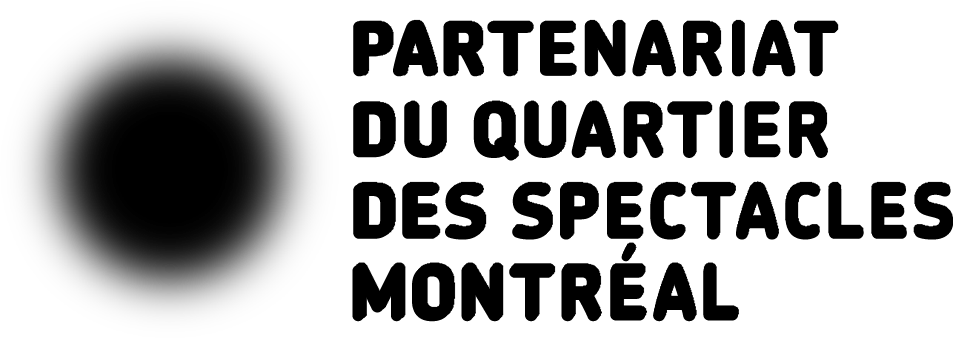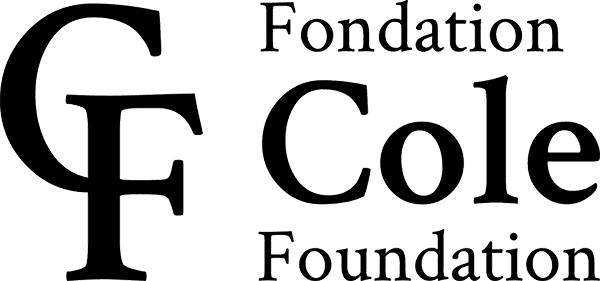Originally, this text was a monologue written for one actor. You chose to turn it into a score for nine voices. Why?
Tatiana Zinga Botao: Certainly, the decision to use multiple voices is a way of asserting our different origins. But more than that, it’s a way of showing that the representation of Black people in Quebec comprises many distinct identities. Blackness is experienced in countless ways.
Another realization that we want to share is that our battles, the battles which we experience each day and which are addressed in the text, are unfortunately passed on from generation to generation. We can still identify very strongly with Ali and his statements and adopt the words of Étienne, the African actor, as our own.
Lyndz Dantiste: We’re all Black, but just because we all belong to the same community, it doesn’t mean we’re all the same. We’re not a monolithic group; quite the opposite. On stage, we’re nine actors from different generations. Some were trailblazers in the world of the theatre, like Widemir Normil and Martin-David Peters. There are also younger actors, like Fayolle Jean Junior. And then there’s the next generation, with Anglesh Major, Rodley Pitt, and Maxime Mompérousse. They’re just out of school, but obviously they’ve experienced discrimination already. We don’t understand why Quebec doesn’t realize that people from racialized communities should be more visible on stage. Widemir made the same observation 40 years ago! Nothing has changed.
In terms of the actors’ craft, how do they perform the shifts from the character of Étienne, the “actor,” to that of Muhammad Ali, the “boxer”? And how is the fighting represented on stage?
Philippe Racine: You hear the characters of Ali and Étienne, but also the actor him or herself. We add a third layer of performance. The way the text is divided up, you’re always wondering who is speaking: Étienne, Ali, or the actor? This choral scoring requires particular attentiveness and virtuosity on the part of the actors.
We also worked with choreographer Claudia Chan Tak, who practices martial arts, to incorporate certain fighting gestures. How can I physically express the fight that I experience as a Black man in Quebec? The actor’s body, the citizen’s body, Ali’s body—they’re three proud, confident bodies who express themselves in different ways on stage to evoke the realities of the Black body.
A few years ago, I wrote a short text in which I talked about a feeling that mostly came over me when I was a teenager, but which I still occasionally feel today. It’s the sense of being in a perpetual state of dissociation—not completely Black, not completely Québécois, Canadian up to a point, with an inconsistent accent. My identity was so fragmented that I felt like a schizophrenic. This plurality is another thing that we want to convey to the audience. In the text, the character of Étienne is in fact diagnosed with multiple personality disorder.
Tatiana Zinga Botao: What’s really clever in Dieudonné Niangouna’s text are the parallels between the preparations of a boxer before entering the ring and the work of an actor getting ready to step on stage.
In his text, Dieudonné Niangouna invokes the figure of Sony Labou Tansi, another major Congolese writer. What can you tell us about this influence?
Tatiana Zinga Botao: For me, he’s linked with Patrice Lumumba [the first Prime Minister of the Democratic Republic of the Congo]. What Lumumba did in politics, Labou Tansi did in literature. He’s a figure of liberation. In the play, there’s a moment when the character Étienne lets Ali drop and speaks in the first person about his own battles. The more I re-read the text, the more I see of Sony Labou Tansi in the statements made by Étienne. In fact, Niangouna himself said that he was very inspired by this major writer. When he was invited to Théâtre de la Colline in Paris, he refused to perform his own works and preferred instead to pay tribute to Sony Labou Tansi, who gave him the urge to write.










